#museum of the slovak national uprising
Photo
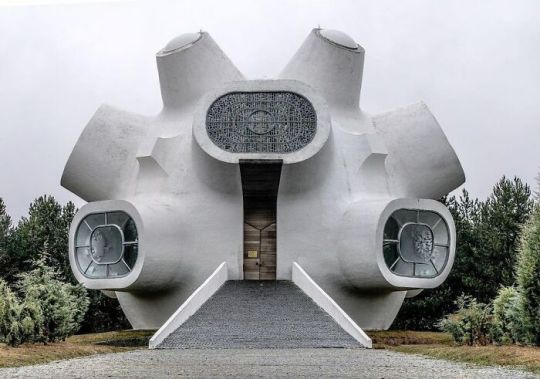
Ilinden / Makedonium – A Monument Dedicated To The Fighters And Revolutionaries Who Participated In The Ilinden Uprising Of 1903
Revitalizing The Heritage Of Socialist Modernism: BACU’s Online Initiative To Protect Central And Eastern European Architecture
Preserving the monumental yet decaying structures of central and eastern Europe erected between 1955-91 is the mission of the online initiative, Socialist Modernism, created by the Bureau for Art and Urban Research (BACU). With an aim to revitalize this heritage, BACU believes in the significance of these elements which managed to defy some of the ideological requirements of their time, giving the urban space a distinct flavor characteristic of the socialist period.
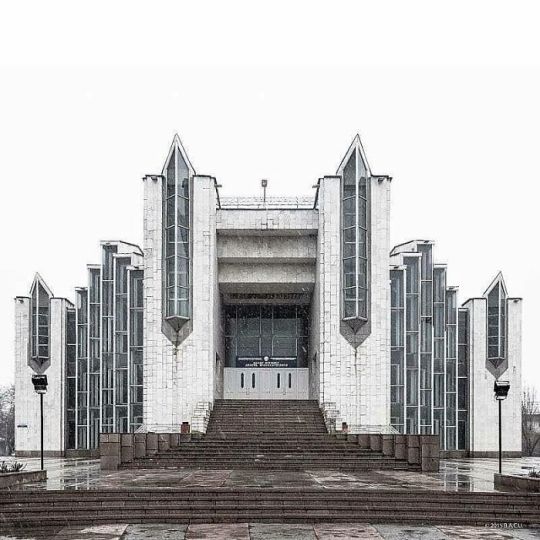
Palace Of Weddings, Bishkek, Kyrgyzstan, Built In 1987
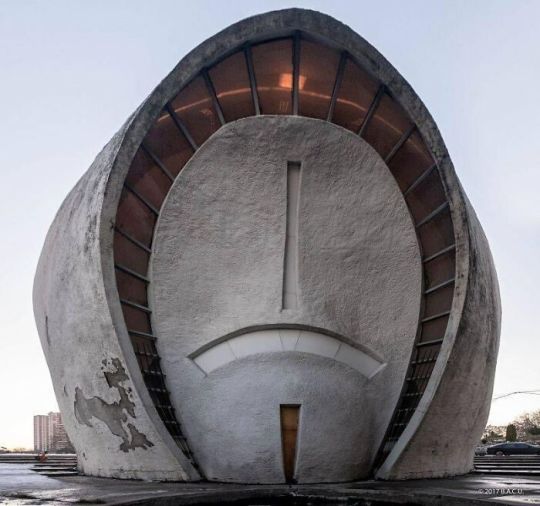
One Of The Two Halls Of Parting, Memory Park (Kyiv/Kiev) Ukraine. Built 1968–1981
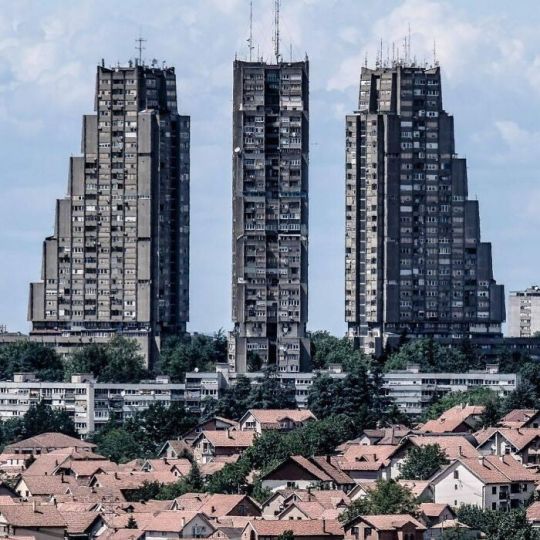
Eastern Gate Of Belgrade, Rudo Buildings, (Istočne Kapije) Belgrade, Serbia, Built In 1976, Architect: Vera Ćirković Engineer: Milutin Jerotijević
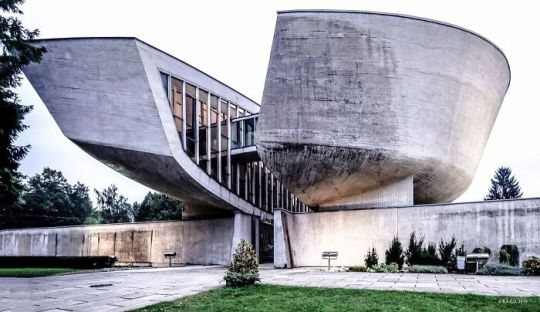
Museum Of The Slovak National Uprising, Banska Bystrica, Slovakia, Built In 1969
#socialist modernism#bureau for art and urban research (bacu)#central and eastern european architecture#architecture#history#socialism#heritage#ilinden uprising#palace of weddings#bishket#kyrgyzstan#halls of parting#memory park#kyiv#kiev#ukraine#belgrade#servia#museum of the slovak national uprising#banska bystrica#slovakia
5 notes
·
View notes
Photo
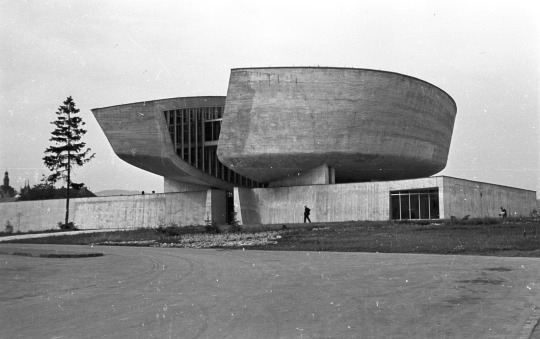
Museum of the Slovak National Uprising, Banská Bystrica, 1969. From the Budapest Municipal Photography Company archive.
202 notes
·
View notes
Text
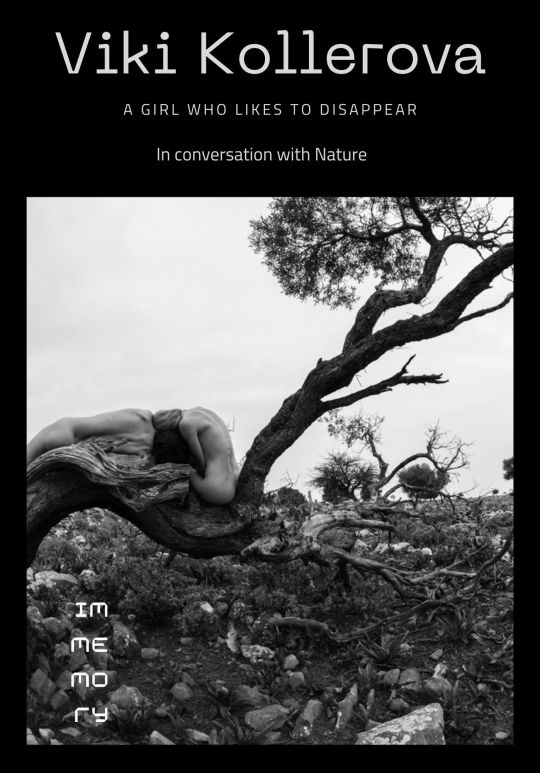


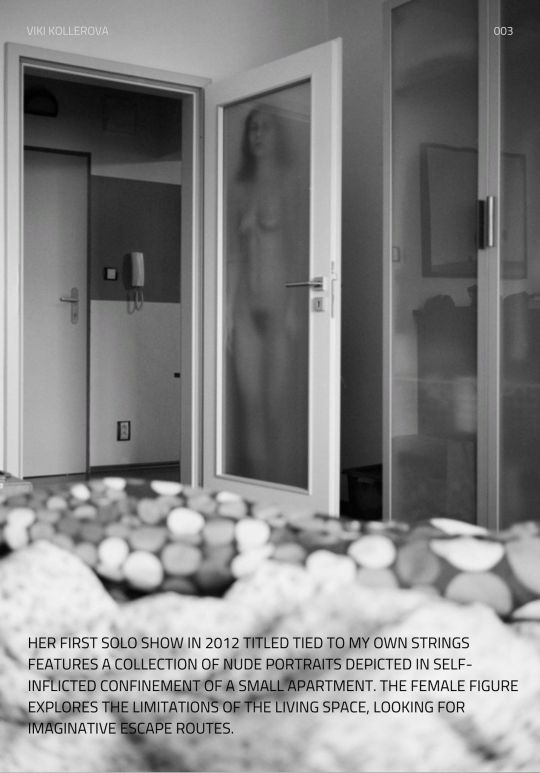
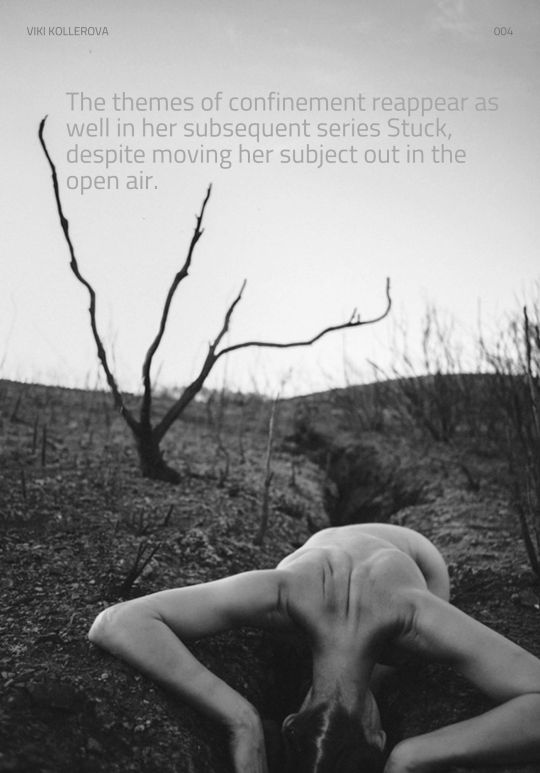

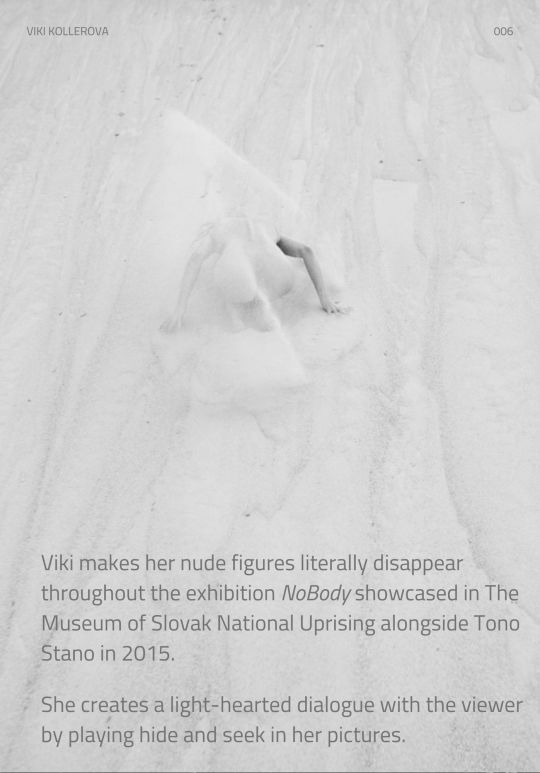
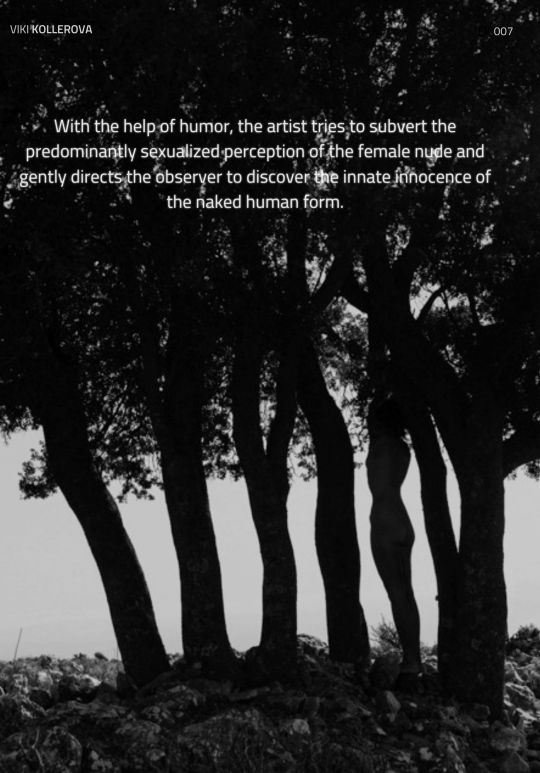
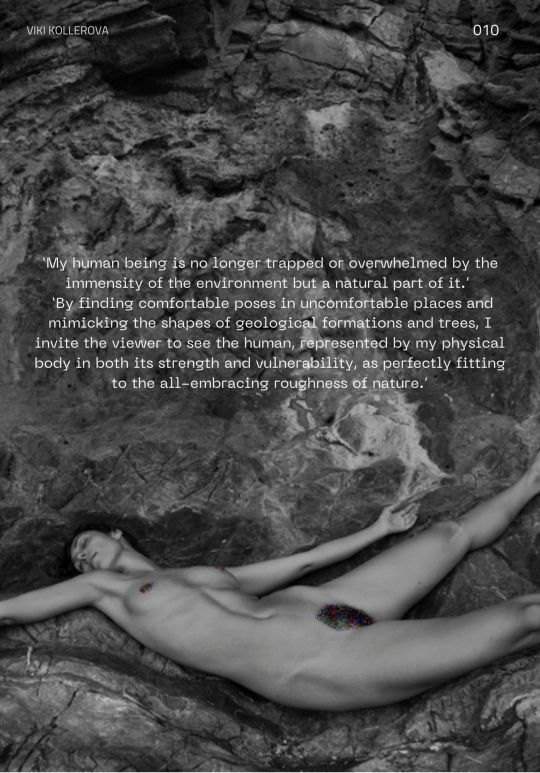
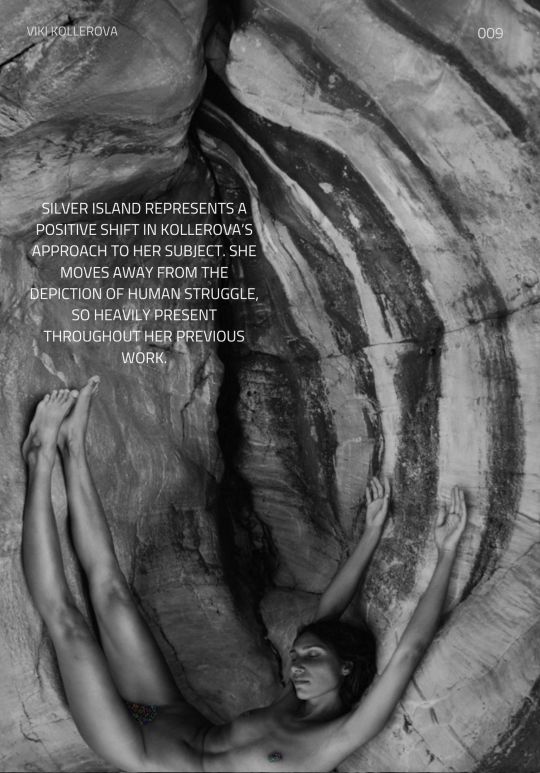
Born in Czechoslovakia, into a family of a plant virologist and an internationally recognized climber.
After finishing her MA in Translation and Interpretation, Viki Kollerová continued her postgraduate studies focused on semantics and eventually abandoned the academic life to the passion for photography in 2009.
One of the basic tasks of linguistic semantics is to study the relationship between form and meaning, which was easily applicable to her new field of interest. From the early photographs, Kollerova’s work represents a subtle balance between aesthetics of the form and the importance of the idea.
Her first solo show in 2012 titled Tied To My Own Strings features a collection of nude portraits depicted in self-inflicted confinement of a small apartment. The female figure explores the limitations of the living space, looking for imaginative escape routes.
The themes of confinement reappear as well in her subsequent series Stuck, despite moving her subject out in the open air. Photographing in nature initially brought to Kollerova’s work the notions of vulnerability and helplessness of the human being, appearing small in the overwhelming surroundings.
Viki makes her nude figures literally disappear throughout the exhibition NoBody showcased in The Museum of Slovak National Uprising alongside Tono Stano in 2015.
She creates a light-hearted dialogue with the viewer by playing hide and seek in her pictures.
With the help of humor, the artist tries to subvert the predominantly sexualized perception of the female nude and gently directs the observer to discover the innate innocence of the naked human form.
In 2020, eleven works from Kollerova’s largest series Silver Island were selected by Fotografiska Museum for the exhibition NUDE, first opened in Stockholm in 2021 and later moved to New York. With the subtitle - The Naked Body In Contemporary Photography, the exhibition shows 30 artists from different countries, exploring the nude from a feminine perspective.
Silver Island represents a positive shift in Kollerova’s approach to her subject. She moves away from the depiction of human struggle, so heavily present throughout her previous work.
‘My human being is no longer trapped or overwhelmed by the immensity of the environment but a natural part of it.’
‘By finding comfortable poses in uncomfortable places and mimicking the shapes of geological formations and trees, I invite the viewer to see the human, represented by my physical body in both its strength and vulnerability, as perfectly fitting to the all-embracing roughness of nature.’
4 notes
·
View notes
Text
The House of Tiles in Slovakia
The National Museum of Slovakia was opened in the early 2000s and was finished in 2014. The first floor of the building features a permanent exhibition of works by artists from around the world, including Sam Francis, Christo and Jeanne-Claude, Karel Appel, and Hermann Nitsch. The exhibition is a good place to see the country's artistic history. You can also visit the House of Tiles to view a collection of ceramic tiles and ceramic art. You can find more information about choosing a dlažba.
The main square in Bratislava is a lively meeting place. Here you can enjoy an afternoon stroll and relax. The square has a long history and serves as a center of city activity and a renowned residence. While you are here, be sure to take a moment to relax in the square or visit the Slovak National Uprising Square, where you can take in some art. It also offers plenty of opportunities for shopping.
The city's UNESCO World Heritage Sites are definitely worth a visit, especially the castle. The castle is situated on a sandstone outcrop, and features many early Central European lead sculptures. The museum houses a collection of tiles that were carved from these stones, and the castle also contains a reconstructed medieval Bishop's dwelling. The castle has several tours available to explore the historic landmark.
For those interested in history and culture, the Sulov Mountains feature an impressive ruined castle. Located 664 meters above sea level, the castle's origins date back to the 13th century. The four-story tower, which is believed to have been built by the Balas family, was extended into a three-tiered fortification later in history. There is even a museum dedicated to the history of the town's defensive walls.
The National Museum of Slovakia is a place to explore the history of the country. It includes a large collection of ceramic tiles and a reconstructed Soviet transport plane. Both buildings are connected by a bridge. The museum also has a small art gallery located in the women's gallery. The synagogue is another important place of worship in Slovakia. A museum dedicated to the uprising commemorates twelve councillors who sacrificed their lives in defending the city.
One of the most interesting and beautiful historical landmarks in Slovakia is the Banska Stiavnica Calvary. During the holiday season, you can take part in festive Christmas markets in the area. And if you're looking for a place to sit and admire the beauty of the town, visit the Slovak National Uprising Square. It's one of the most popular landmarks in the country. Its unique architectural design and rich history make this place an exceptional destination.
1 note
·
View note
Photo
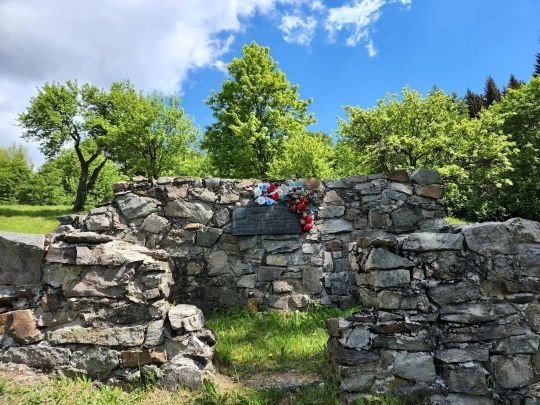
Kalište was a former village in the Banská Bystrica district in the Slovak Republic. It was destroyed by the Nazis during the Slovak National Uprising in Second World War. Kalište is remote, 924 metres above sea level in the hills north-east of the town. It was an ideal place for partisans who had taken part in the Slovak National Uprising to seek supplies and occasionally shelter in the winter of 1944–5. At 4 a.m. on March 18, 1945, Nazi German troops arrived. The villagers were shot as they emerged from their houses and the village was then burned to the ground. Five days later the area was liberated by the advancing Soviet Army. Only two houses now remain; stone foundations mark the sites of the other 36. The museum has erected information boards about the massacre around the site. Deputy director Roman Hradecký explains that the rest — and indeed the whole site — are intended to celebrate the lives of the people who lived here rather than just dwell on their fate. - Wikipedia #kaliste #banskabystrica #slovakia #europe #travel #traveladdict #gltlove #travelslovakia #lelsinbanskabystrica #lelsinslovakia (at Kaliste, Banskobystrický, Slovakia) https://www.instagram.com/p/CeRk2wqOPfR/?igshid=NGJjMDIxMWI=
#kaliste#banskabystrica#slovakia#europe#travel#traveladdict#gltlove#travelslovakia#lelsinbanskabystrica#lelsinslovakia
1 note
·
View note
Photo
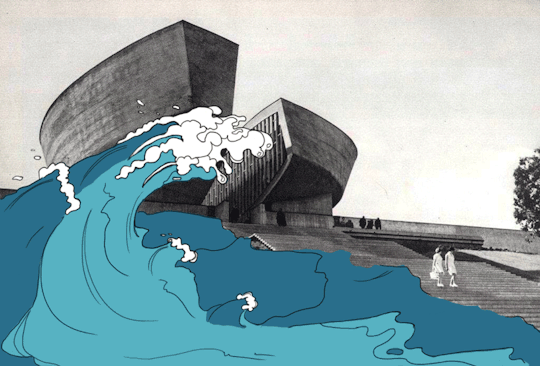
- mit csinálsz?
- vizet rajzolok a szlovákoknak
10 notes
·
View notes
Photo
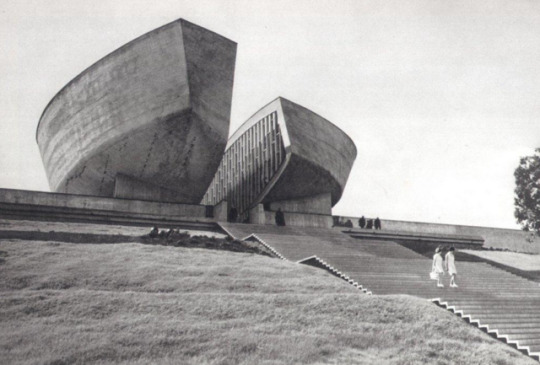
Museum of Slovak national uprising
45 notes
·
View notes
Photo
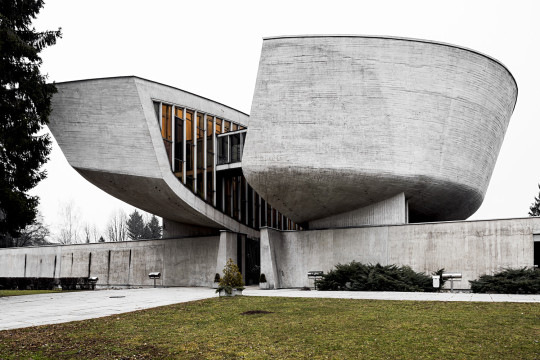
Memorial and Museum of the Slovak National Uprising, Slovakia
106 notes
·
View notes
Text
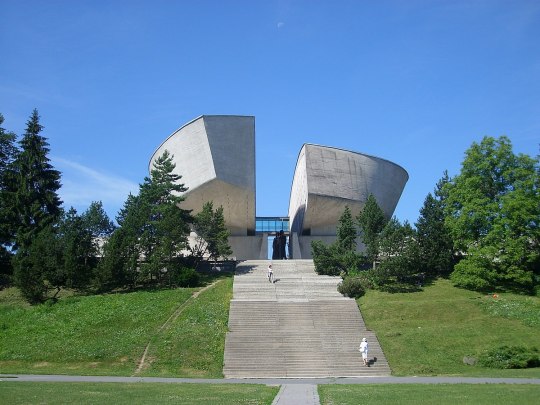
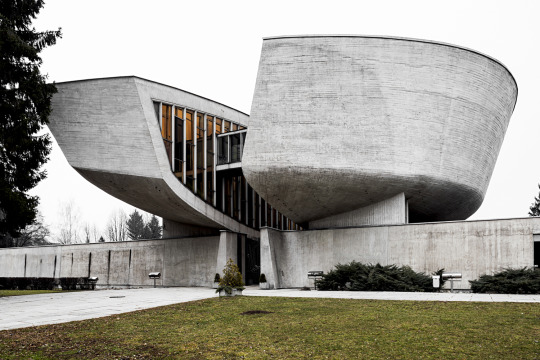

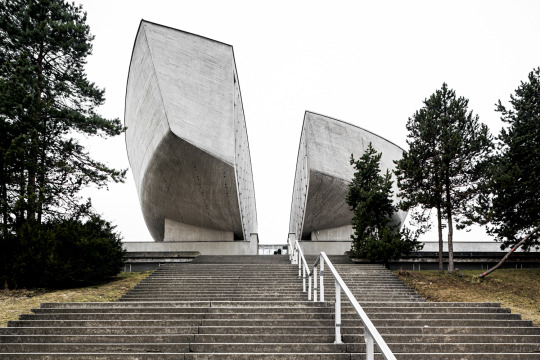
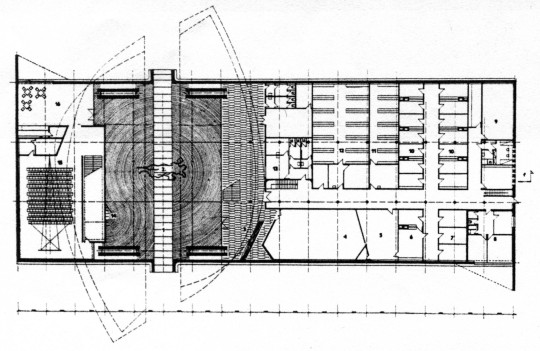
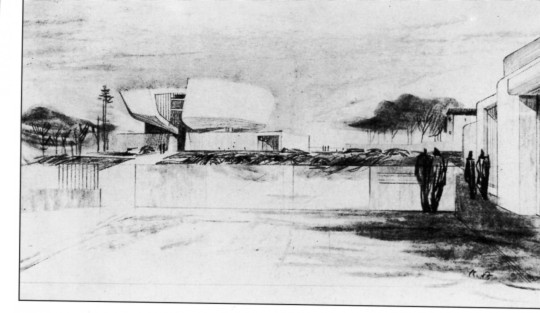
Dusan Kuzma, Memorial and Museum of the Slovak National Uprising, Banská Bystrica, Slovakia, 1963.1970
https://www.register-architektury.sk/en/objekt/272-monument-to-the-slovak-national-uprising
36 notes
·
View notes
Photo

Memorial and Museum of the Slovak National Uprising, by architect Dušan Kuzma, 1963-1970
153 notes
·
View notes
Photo
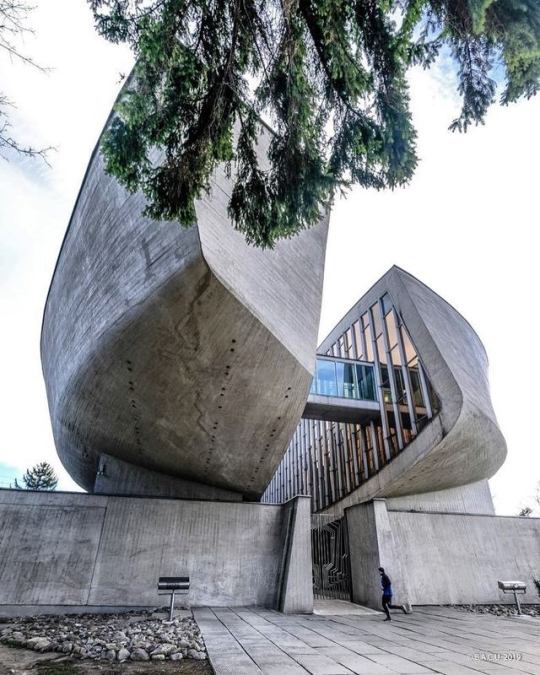
Museum of the Slovak National Uprising, Banska Bystrica, Slovakia, built in 1969… Museum of the Slovak National Uprising, Banska Bystrica, Slovakia, built in 1969 Architect: Dušan Kuzma Sculptor Jozef Jankovič.
#_BA_CU#architecture#architecturephotography#banska#banskabystrica#bystrica#museum#national#slovak#slovakia#socarchitecture#SocHeritage#socialistarchitecture#SocialistModernism#uprising
0 notes
Photo
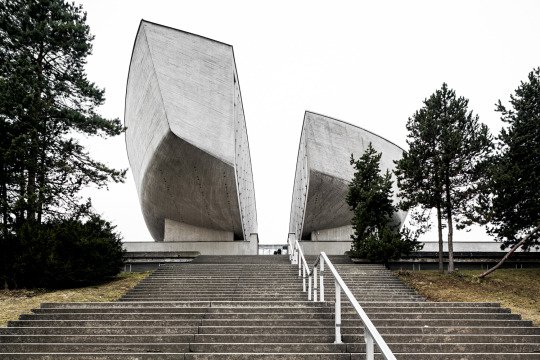
Memorial and Museum of the Slovak National Uprising, by architect Dušan Kuzma, 1963-1970. Banská Bystrica, Slovakia.
How Slovakia’s Soviet Ties Led to a Unique Form of Sci-Fi Architecture
Photographer: Stefano Perego
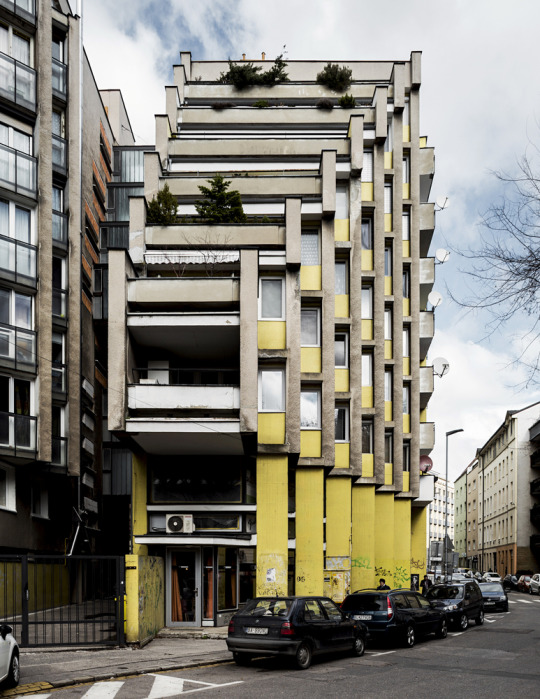
Residential building, by architects Štefan Svetko and Julián Hauskrecht, 1968-1974. Bratislava, Slovakia

University of Agriculture, by architects Vladimír Dedeček and Rudolf Miňovsky, 1960-1966. Nitra, Slovakia.
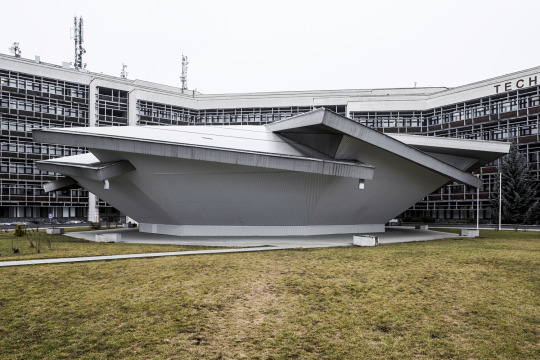
Technical University, by architect Vladimír Dedeček, 1984. Zvolen, Slovakia.
#slovakia#soviet union#architecture#sci-fi architecture#buildings#culture#history#memorial and museum of the slovak national uprising#dusan kuzma#architect#banska bystrica#stefano perego#photographer#stefan svetko#julian hauskrecht#bratislava#ufo#university of agriculture#nitra#vladimir dedecek#rudolf minovsky#technical university
16 notes
·
View notes
Text

Museum of the Slovak National Uprising, Banská Bystrica, 1983. From the Budapest Municipal Photography Company archive.
37 notes
·
View notes
Text
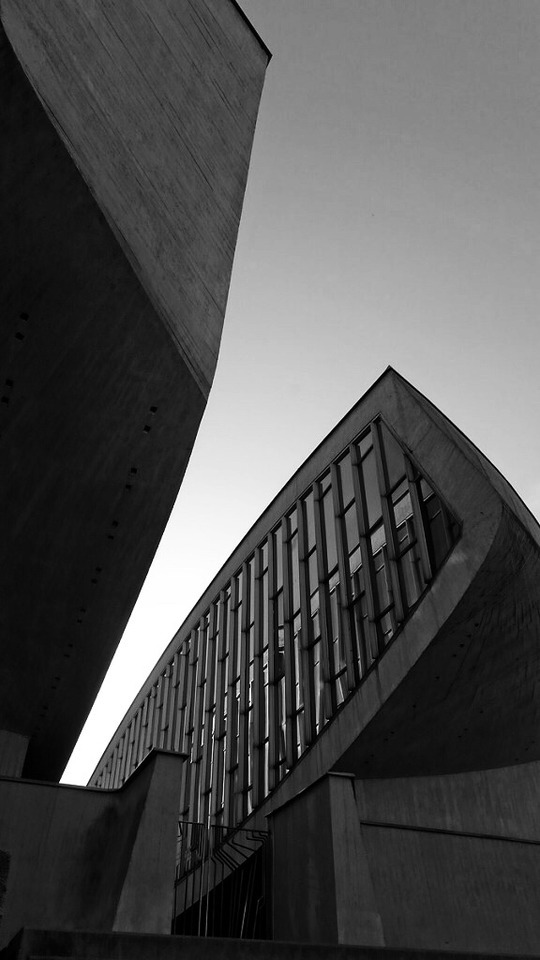
The Museum of the Slovak National Uprising (SNU) by Dušan Kuzma.
58 notes
·
View notes
Text
Banská Bystrica, Slovakia
Located in central Slovakia, approximately two hours away from the capital (Bratislava), lies the historical city of Banská Bystrica. The old city itself is tranquil, but its pride in being the center of the Slovak National Uprising, one of the largest anti-Nazi resistance events in Europe, is anything but. Unfortunately not pictured is the astounding structure of the Museum of the Slovak National Uprising on the edges of this city, which has an outdoor exhibition of World War II heavy weapons.
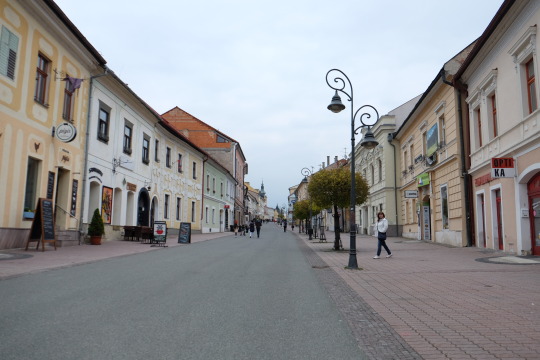
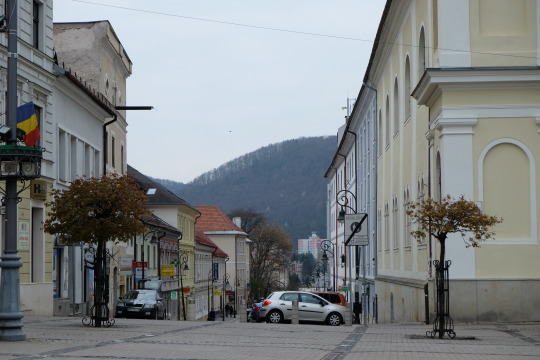
Having spent the last few months before this trip in one of the world‘s flattest countries, it was quite refreshing to see the towering outlines of the Low Tatras surrounding the city as we walked around. Even from the steps of my boyfriend's home, it took only minutes before you were surrounded by greenery and completely immersed in nature.
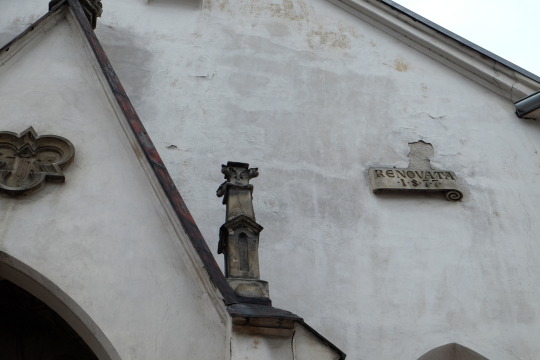

Curiously walked into this really old-looking church, and we were greeted with a beautifully warm welcome by the custodian. He asked me where I was from, and when I told him I had come from the Philippines in Asia, he genuinely looked so thrilled that someone from so far away had come into this very parish. My sheepish attempts to answer in halting Slovak put such a huge smile on his face. Rozumiete po Slovensky? Ano, trochu, učim sa. And off he went on an animated explanation of the church's construction, renovation, and interior decoration. Before we left, he even said a brief prayer for us, but unfortunately I could not understand its entirety.
I think it's interactions like these that really motivate me to learn new languages. You already learn so much about a place and its people in a common language (often English), but I feel you gain a better appreciation for the culture and make much better connections when you can speak in the native tongue. People are more comfortable, and thus more open.
“If you talk to a man in a language he understands, that goes to his head. If you talk to him in his own language, that goes to his heart. ” — Nelson Mandela

Walking further up the street, we finally made it to the iconic Namestie SNP, the city's main square dedicated to the Slovak National Uprising. Behind us stood the massive commemorative obelisk.


This black obelisk towers over the centre of the square, and was dedicated to the Soviet soldiers who were killed during the liberation of the city in 1945. While marvelling at its construction, we overheard a father telling his son a fun fact about the main clock tower (as seen in the background). Much like the Leaning Tower of Pisa, the top of the clock tower is off its centre by a few degrees, and you can actually see this really clearly when you juxtapose the two towering structures.
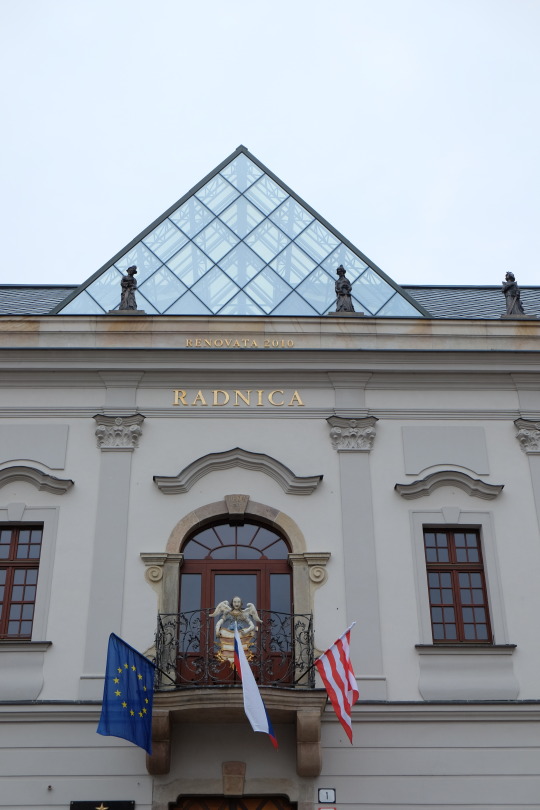

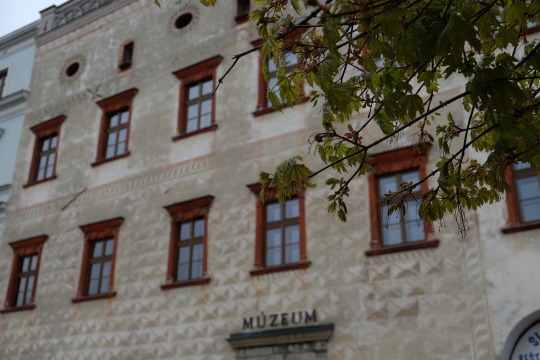
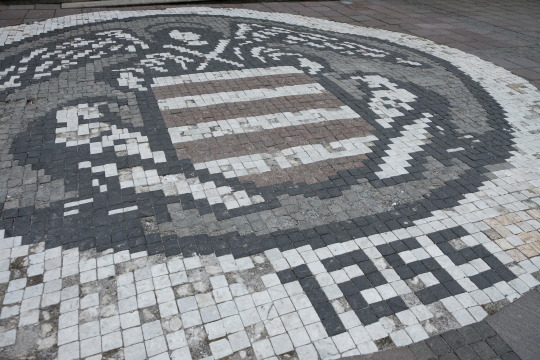
Vocabulary List
Námestie - square, plaza
Radnica - city hall
Múzeum - museum
Kostol - church
Vlajka - flag
N��rodná vlajka - national flag
Rozumiet' - to understand
Hovorit' - to speak
Učit' sa - to learn (something)
Practice Sentences
Hovorím po anglícky, čínsky, filipínsky, a francúzsky. Teraz, sa učím nemecky a slovensky. Rozumiem len trochu.
V nedel'u chodím do kostola.
Ja som katolícka.
8 notes
·
View notes
Photo
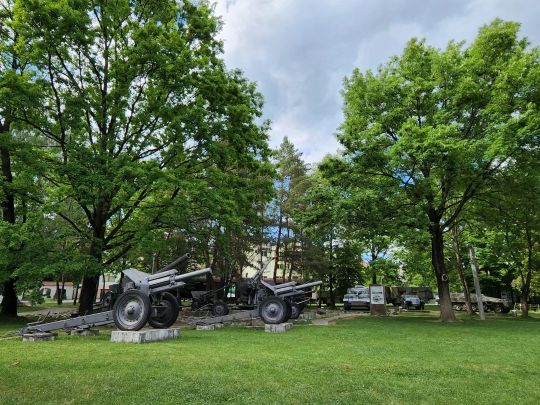
Next to the Museum of the Slovak National Uprising is the open-air museum of heavy military equipment used in the SNP. #banskabystrica #slovakia (at Múzeum SNP) https://www.instagram.com/p/CeKgwzUKqOa/?igshid=NGJjMDIxMWI=
0 notes